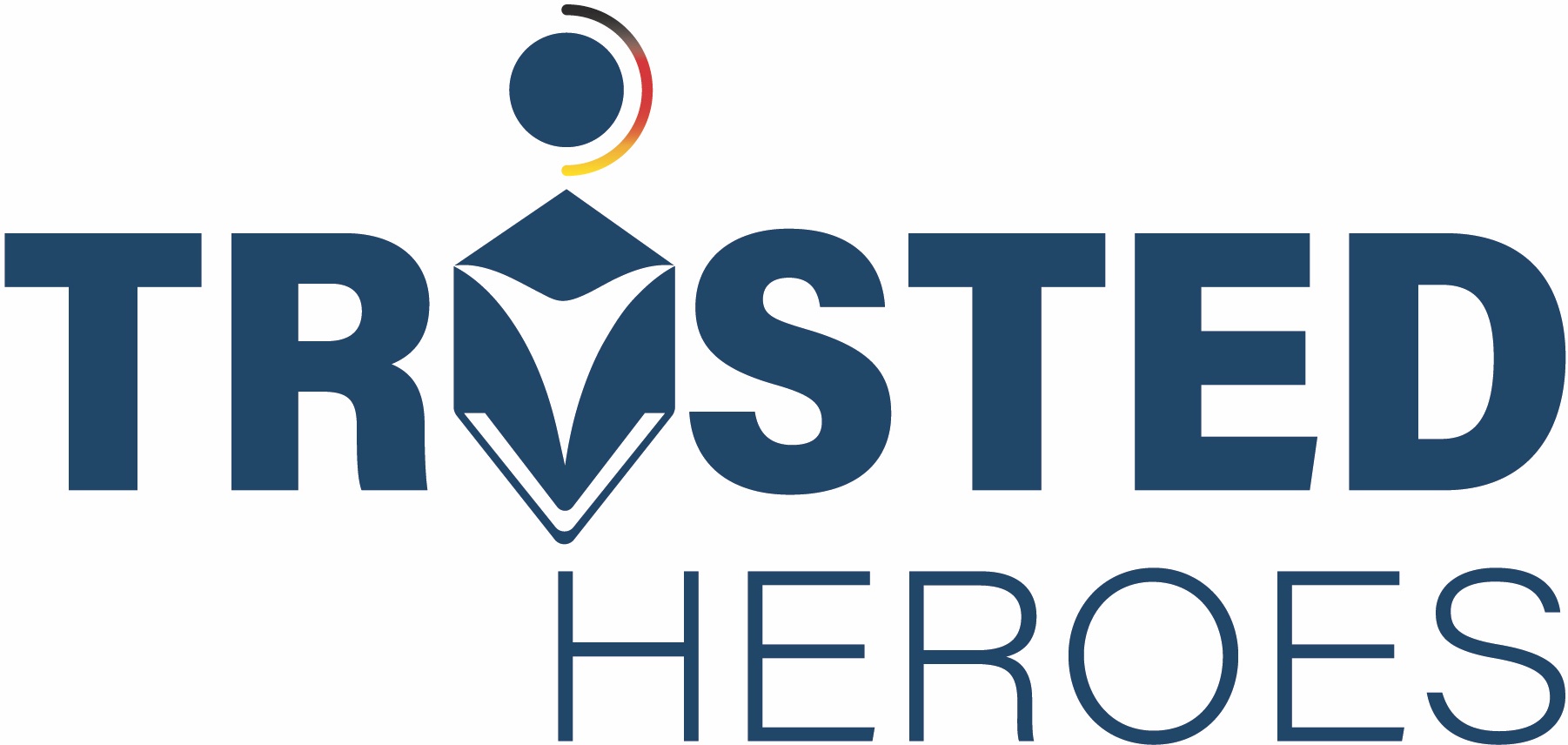In today’s digital era, where products and services are becoming increasingly complex, usability testing is gaining more and more importance. The goal of this test is to ensure that a product—usually software or a website—is not only functional but also intuitive, efficient, and enjoyable for the end user.
The basis of usability testing is the active involvement of real users. Unlike other testing methods that focus on system functionalities, usability testing concentrates on the human interaction with the product. It aims to identify possible obstacles, confusion, or discomfort from the user’s perspective.
There are various methods to conduct usability tests. These include:
Laboratory tests: Users are invited into a controlled environment where they perform specific tasks with the product while test facilitators observe and record their interactions.
Field tests: Unlike laboratory tests, field tests take place in the user’s natural environment, often providing more realistic insights.
Remote tests: These tests are conducted online, where users test the product from their own computer or device while their screen interactions are monitored remotely.
Think-aloud protocol: In this method, users are asked to verbalize their thoughts aloud while using the product to reveal their thoughts, feelings, and confusions during the interaction.
Regardless of the chosen method, data is collected during the usability test, such as the time needed to complete a task, the number of errors made by a user, or subjective feedback about their experiences.
The main advantage of usability testing lies in its ability to identify issues that developers or internal teams might have overlooked. An intuitive and user-friendly product increases user satisfaction, promotes customer loyalty, and can ultimately have a positive impact on business success.
Overall, usability testing is an indispensable tool for any company offering digital products or services. By understanding and addressing the needs and expectations of users, a company can ensure that its products are not only technically sound but also optimally usable for the target audience.





